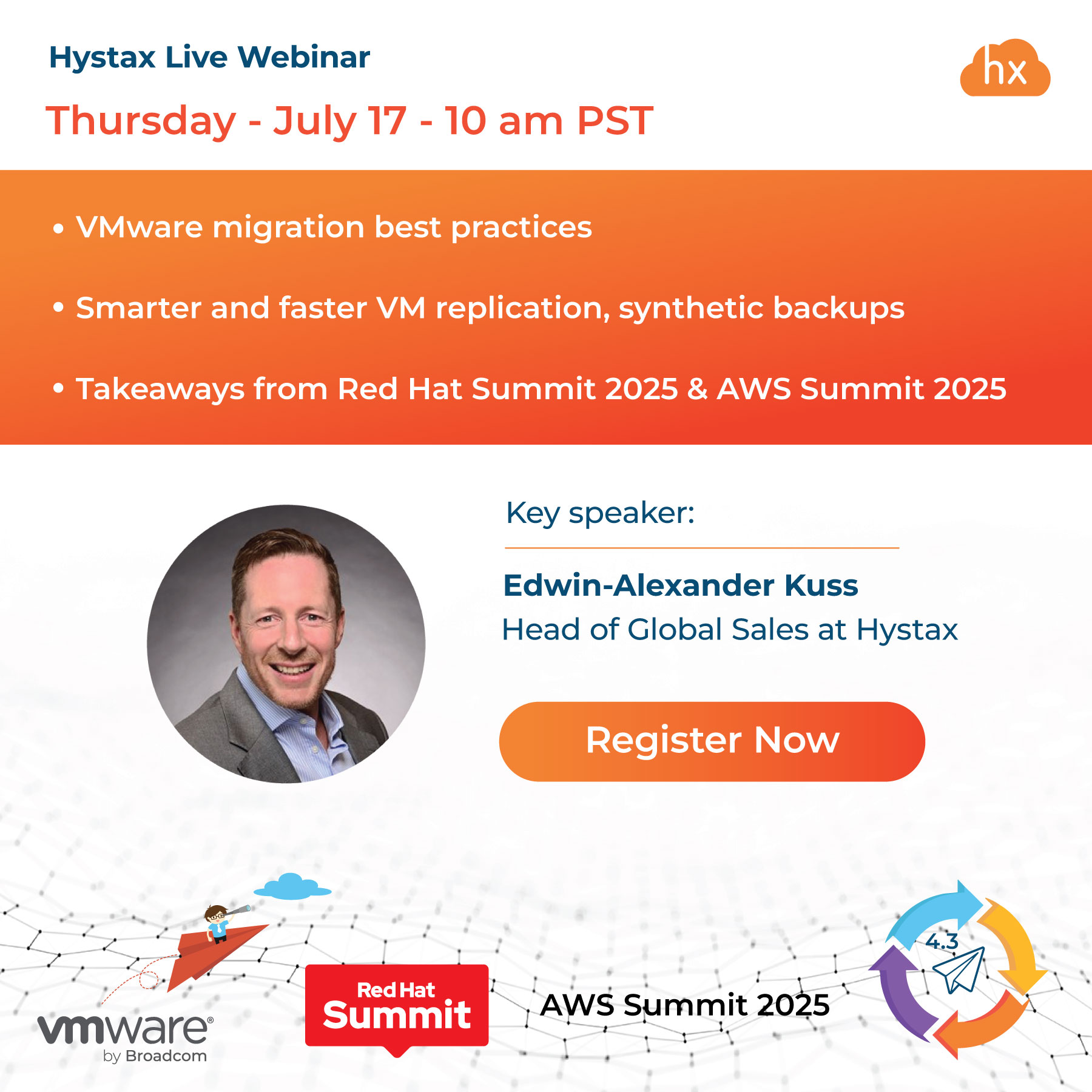Top considerations for IT budget optimization and cost reduction potential
Many business owners and chief technical officers believe that the IT piece of their organization is too important to even think about decreasing the budget. Indeed, IT is a significant expense item of almost any company that relies on tech to some extent, however l, there is always a way to cut your IT costs down without sacrificing work efficiency. In this article, we’ll share important tips on how to reduce your IT budget to a minimum, while cloud costs in the process.
Optimizing employee spend
Most IT organizations and companies that have an IT department tend to rely on seasoned, skillful professionals and prefer to keep a higher headcount rather than lower. The reason behind this is simple; the more senior-level IT specialists a company has, the smoother the IT department operations are said to be. On the flip side, these tactics could eventually result in overstaffing. If that’s the case, you definitely may want to resolve this situation somehow. However, it’s never a good idea to shoot from the hip — there are less invasive techniques out there to help reduce employee salary costs other than staff reduction.
Reducing employee turnover
Almost every new hire will cost more than an existing employee at the same level, in the same role. So, one of the ironclad approaches to reducing your employee costs is to do your utmost to foster employee retention. This can be done in multiple ways, and not necessarily through salary increase. Some examples are, introducing more benefits, providing flexible schedule options and the option to work from home, and/or creating a workplace environment that employees will feel comfortable in and that they love to come to each day.
Hiring more entry-level employees
If some of your IT specialists left your organization, it could be a good idea to find a promising yet less experienced replacement. At first, there will be a gap in skills between your new employee and their predecessor, but this gap will essentially slim down over time. Meanwhile, you’ll eventually develop a mature IT professional that will be loyal to your organization, and one who will think twice before looking elsewhere.
Outsourcing thoughtfully
There are work tasks and responsibilities that can be performed more successfully and at lower rates by contractors, as opposed to in-house specialists. But if you opt for outsourcing, you need to act with caution.
For your convenience, we put together a checklist of outsourcing best practices:
- Outsource only non-strategic functions that are too costly to keep in-house.
- Choose your potential contractors wisely – think of this as if they were being hired to join your team.
- Always keep contractor costs under control, and be sure to take into account hidden costs, to avoid inflated outsourcing budgets.
- If you feel that one of your contractors is becoming indispensable to your business, consider hiring a specialist with a similar skill set to join your team.
- Thoroughly determine the ROI of outsourcing, remembering that dealing with contractors and managing them also requires efforts from your team members.
Reducing other costs
Of course, cost optimization opportunities are not limited to cutting employee expenses. There is also much room for cost management improvement in the hardware, software, and third-party services arenas.
Using appropriate hardware and software
It may sound like a given, but be reasonable when choosing hardware. It’s always tempting to invest thousands of dollars in high-end servers in the pursuit of “unsurpassed performance under high load conditions” and apparent “reliability,” but is it really worth it? In recent years, with the slowdown in server and desktop hardware development, there’s no shortage of older and cheaper devices that will still ensure decent performance.
The same holds true for your software. If you take a closer look at all of your software licenses, there’s a high probability that you’ll find programs that have less expensive alternatives or even have open-source alternatives. In the second case, not only will you have an opportunity to save a lot of money, but also you’ll get access to the source code, which means higher flexibility and customizability.
Finally, regularly audit software used within your company, and you’ll be able to see what software is used ineffectively, or isn’t being used at all. This way, you’ll save money by getting rid of unnecessary programs.
Moving to the cloud, making sure you optimize cloud spendings
Last but not least, is the approach to use the cloud. Just imagine how much money you can save on software and hardware if you start renting resources as opposed to purchasing them. However, to make the most out of this approach, you’ll need to stick to the techniques below diligently.
Analyzing and reviewing resource usage
Extensively use your cloud provider’s dashboard to see whether there are any signs of underutilization of cloud computing and resources. Consistency is the key to cost savings, so be sure to do this regularly.
Upscaling or downscaling to meet your needs
Given that your main goal is to maximize cloud performance while minimizing your costs, you need to find a perfect balance between your business requirements (computing, storage, and network capabilities needed) and your financial capacities. The good news is that the cloud’s flexibility allows you to resize according to your needs – but be sure to do this in a timely manner.
Scheduling your workloads beforehand
If you know that you won’t be needing a specific resource during a particular day and hour, consider configuring schedules to fine-tune your workloads over time. With this approach, you won’t pay extra for unnecessary cloud resources.
Using automation and orchestration strategies
Cloud solutions often provide you with automation and orchestration capabilities, so make sure you use them to their fullest extent. Cloud automation requires a lot of hard work, but it pays off as soon as you set everything up, and it becomes possible to perform certain complicated tasks, such as backup, code deployment, and operating workloads, in the blink of an eye. Needless to say, automation makes you less susceptible to security vulnerabilities and risk of manual errors, plus it helps you save your money by using the workforce far more efficiently.
Trimming obsolete data
Check your cloud data for obsolete items – if you no longer need them, why keep them? The same applies to deprecated instances, volumes, and even containers. All of these help to reduce your budget so don’t hesitate to get rid of them.
In conclusion
As you can see, there are numerous approaches to reduce your IT costs significantly – make sure to try as many of them as possible. If you manage to implement some of them, there’s a chance that you’ll be able to save a significant amount of money without causing any harm to your business. Instead, you’ll lay a foundation for increased productivity from your IT department, and the sustained economic growth of your business.
Read our recent article The Key to Cloud Cost Optimization and Governance for getting great insights on hybrid cloud management benchmarks, trends and best practices.



